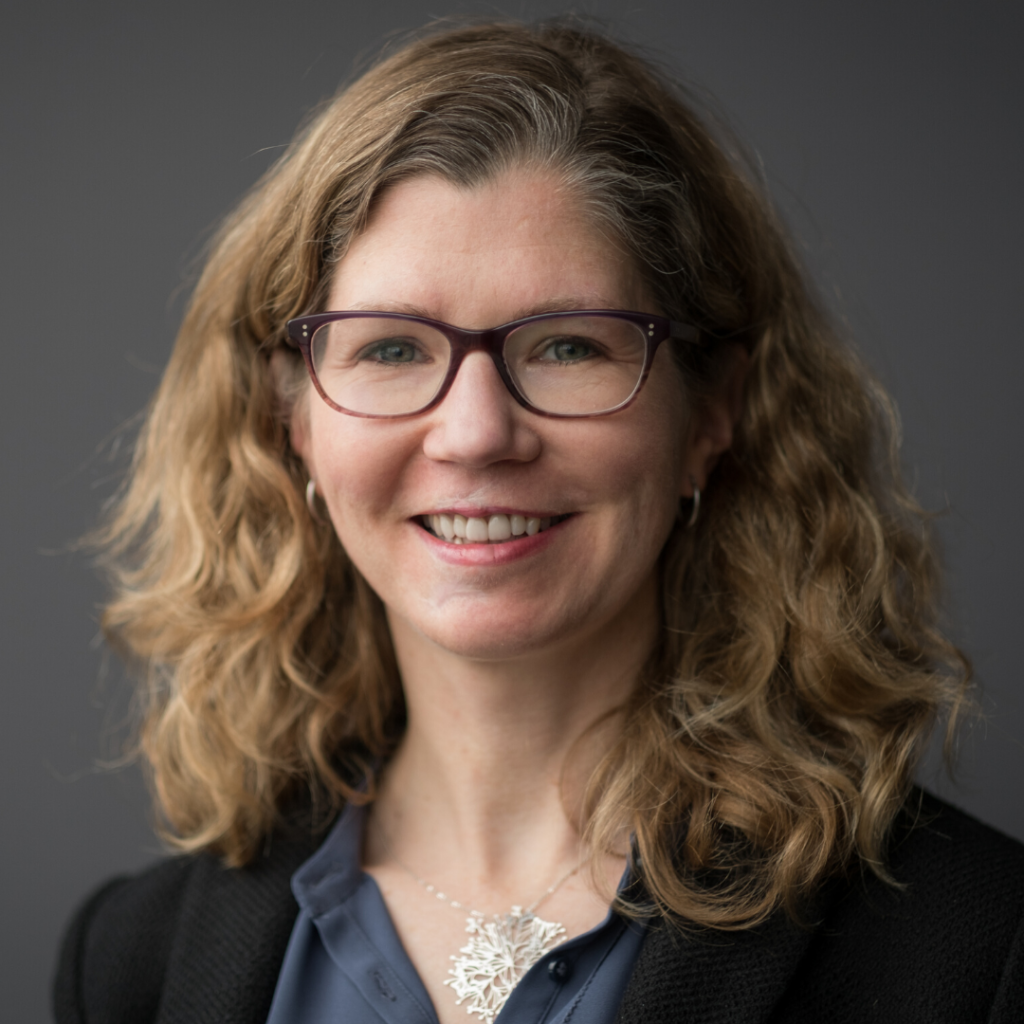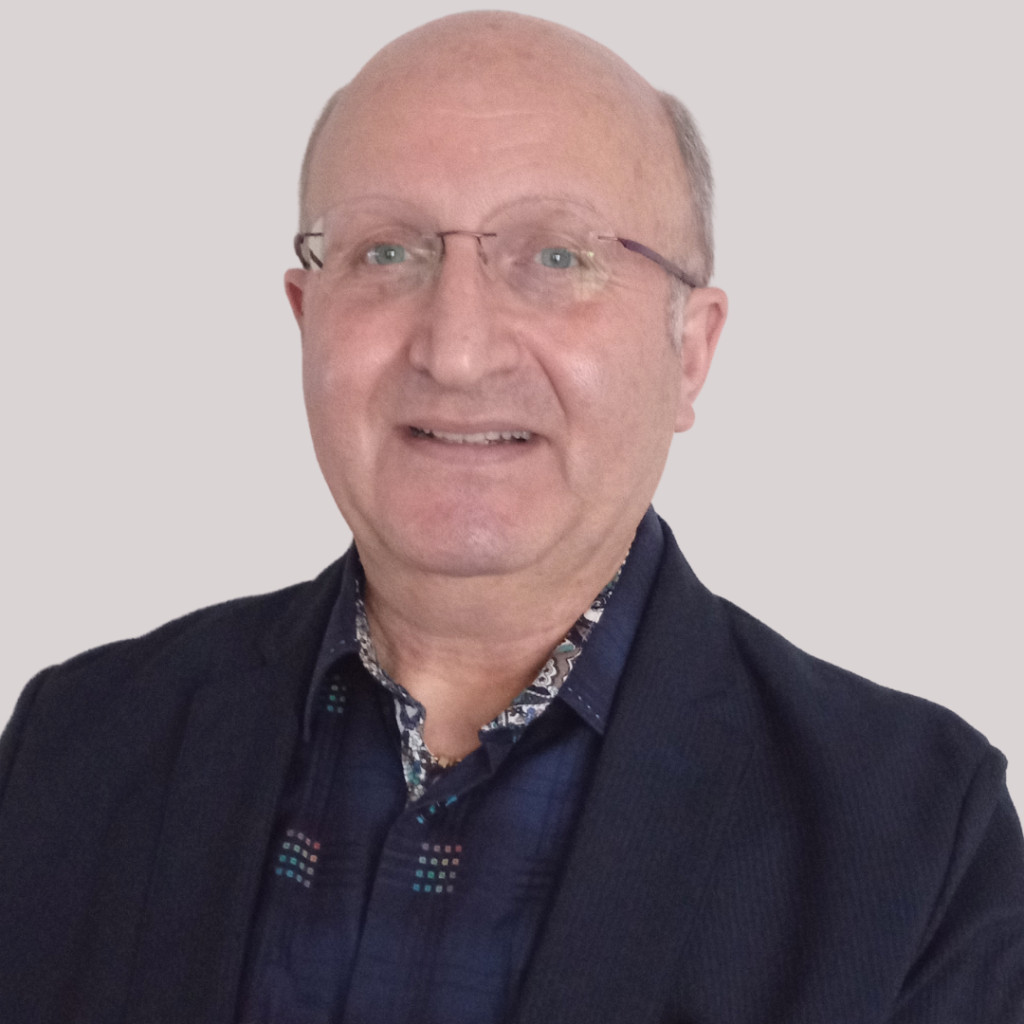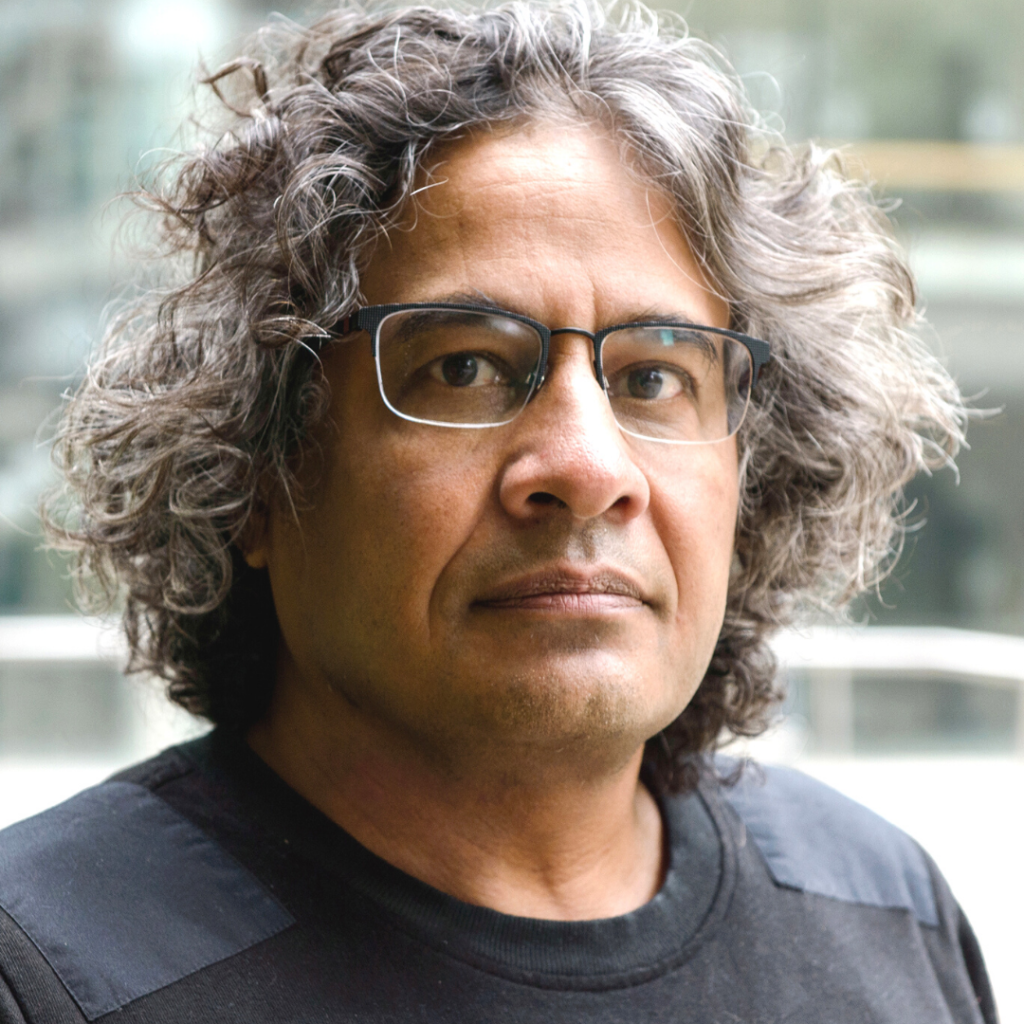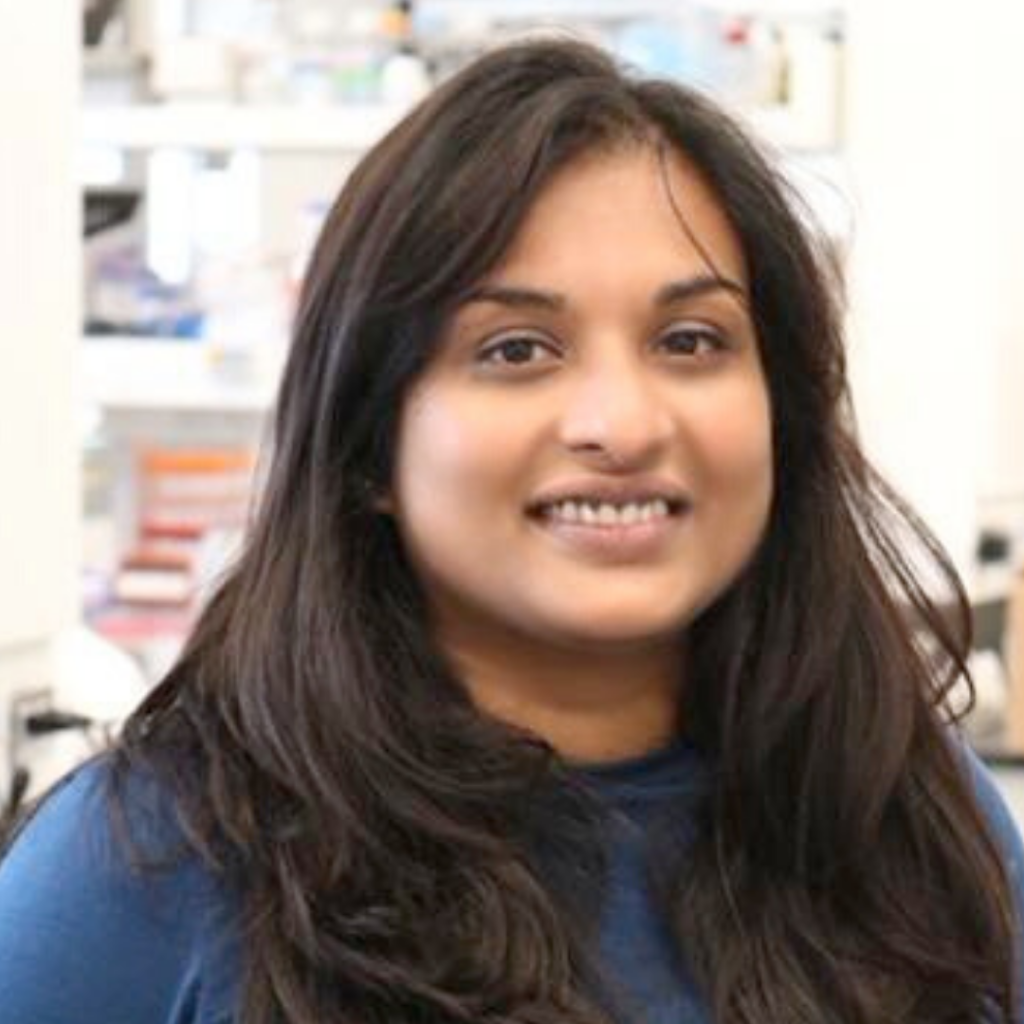Jan 12, 2022
Announcing the Winners of the 2021 Research Grant Competition
Fighting Blindness Canada is starting the new year with an exciting research announcement! We are pleased to share that we will be funding 8 new and innovative vision research awards from our 2021 Research Grant Competition.
It is thanks to the generosity of our donors, that we are able to fund such a diverse range of projects. From optogenetics to glaucoma, AMD, retinitis pigmentosa, eye infections, and epidemiology we really are funding research across the spectrum of Canadian vision research perspectives.
Our appreciation also goes out to the Canadian vision research community for putting forward so many bold and impactful applications. And to the researchers on our Scientific Review Panel who volunteered their time and expertise to help narrow down the strong field to these 8 projects. Projects which will improve our understanding and drive the development of new treatments and cures for blinding eye disease.
Keep reading to learn more about each project and the impact it will have for vision loss in Canada.

Dr. Rod Bremner: Identifying new drug targets for retinitis pigmentosa
Institution: Lunenfeld Tanenbaum Research Institute
Budget: $200,000
Dr. Bremner is looking for universal treatment options for the inherited retinal disease retinitis pigmentosa, that are independent of gene mutation. In this project, Dr. Bremner will identify proteins that cause rod photoreceptor death. The ultimate aim is to use FDA-approved drugs to block these death-inducing proteins and increase photoreceptor survival. The innovative screening system that the team has developed could also be used to identify death-causing proteins for other types of inherited retinal diseases.

Dr. Balwantray Chauhan: Developing an imaging technique to measure optic nerve damage in glaucoma
Institution: Dalhousie University
Budget: $192,095
Dr. Chauhan has developed a novel advanced imaging technique to improve our understanding of how retinal ganglion cells in the optic nerve degenerate during glaucoma. Dr. Chauhan’s team will test if the imaging technique can measure optic nerve health in response to new neuroprotective agents. The team hopes to identify new biomarkers of glaucoma that doctors can use to develop new therapies and better manage the disease.

Dr. Anna Ells: Setting up a retinopathy of prematurity treatment database
Institution: University of Calgary
Budget: $8,775
Dr. Ells will investigate how new treatments for retinopathy of prematurity (ROP) impact childhood health and development. ROP is a condition caused by abnormal blood vessel growth in the retinas of premature infants. Ells’ team will compile three decades of patient records into a single database, looking for trends in how new treatments impact development and eye health. Ultimately, this project aims to lead to more effective and safer treatments options for ROP.

Dr. Julie Lefebvre: Re-wiring circuits in the retina to restore sight in retinal degenerative diseases
Institution: The Hospital for Sick Children
Budget: $200,000
Dr. Lefebvre, and co-investigator Dr. Arjun Krishnaswamy (McGill University), will use an optogenetics approach to study how retinal cells transmit visual information. The retina is made of different layers of cells. When light sensing photoreceptor cells die, it is not known if other remaining retinal cells maintain their connections. Understanding how retinal cell connections change after photoreceptor loss and if these circuits can be reactivated will be crucial for the success of vision-restoring therapies such as optogenetics and stem cell therapy.

Dr. Stephan Ong Tone: Identifying unique cell types in Fuchs endothelial corneal dystrophy
Institution: Sunnybrook Research Institute
Budget: $200,000
Dr. Ong Tone is investigating the types of corneal endothelial cells involved in Fuchs endothelial corneal dystrophy (FECD). FECD is a condition causing eye pain, accumulation of fluid in the cornea, and vision loss. Current treatment options are usually limited to transplant surgery, which can be risky, but this research may lead to the development of new treatments for FECD, such as regenerative cell therapy.

Dr. Michael Salman: Identifying risk factors for septo-optic dysplasia and optic nerve hypoplasia
Institution: University of Manitoba
Budget: $57,171
Dr. Salman is identifying potential risk factors for septo-optic dysplasia (SOD) and optic nerve hypoplasia (ONH). These are conditions caused by small nerves in the eye which cause poor vision in children. This research will improve our understanding of the disease and hopefully lead to better strategies to prevent the development of SOD/ONH as well as increased support for children with these conditions.

Dr. Sachdev Sidhu: Testing a new treatment for age related macular degeneration (AMD) and diabetic retinopathy (DR)
Institution: University of Toronto
Budget: $200,000
Dr. Sidhu’s team at University of Toronto will evaluate how effective a new recombinant antibody treatment is at restoring the function of the blood-retinal barrier (BRB) in AMD and DR. Disruption of the BRB in vascular eye diseases like AMD and DR can lead to vision loss. If successful, this could be a new treatment option for patients.

Dr. Ajitha Thanabalasuriar: Understanding the interplay between bacteria and immune cells in corneal infection
Institution: McGill University
Budget: $200,000
Dr. Thanabalasuriar at McGill University will be investigating antibiotic-resistant bacterial keratitis which is an infection of the cornea. Bacterial keratitis is common in individuals who wear contact lenses and can also affect individuals with eye injuries or who are immunocompromised. This research aims to understand why certain bacteria are resistant to antibiotics, and how bacterial biofilms play a role in resistance. Ultimately, the hope is to contribute to better treatment options for this disease.
Congratulations to all of the winners! We will be sharing more about these projects during our View Point webinars this year. Learn more and sign up.

Join the Fight!
Learn how your support is helping to bring a future without blindness into focus! Be the first to learn about the latest breakthroughs in vision research and events in your community by subscribing to our e-newsletter that lands in inboxes the beginning of each month.

